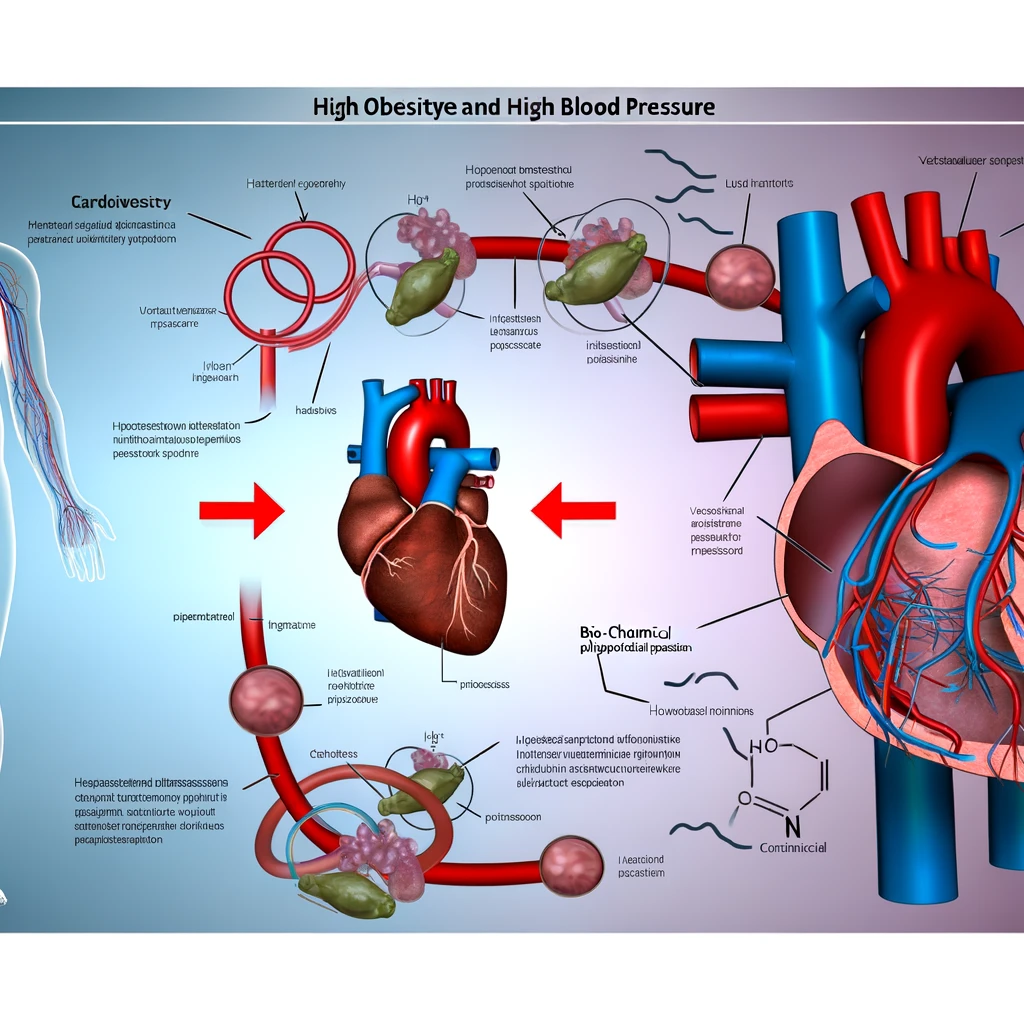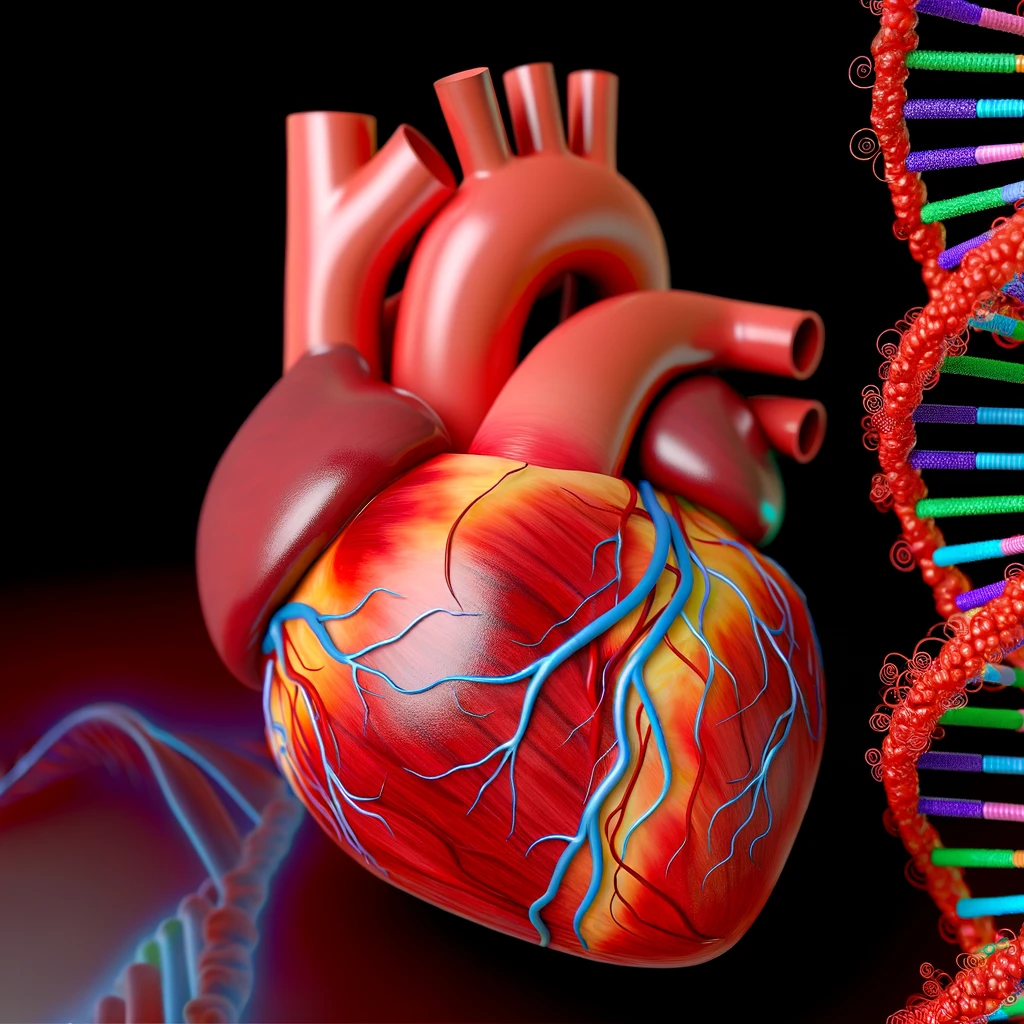
Understanding Heart Rate and Blood Pressure
Heart rate and blood pressure are critical indicators of cardiovascular health. They provide vital insights into how well the heart is functioning and how blood circulates throughout the body. Both metrics are influenced by a variety of factors including age, fitness level, and importantly, gender.
How Heart Rate Differs Between Men and Women
Heart rate, measured in beats per minute (BPM), can vary significantly between men and women. Generally, women tend to have slightly higher heart rates compared to men. This difference is partly due to physiological variations. Women's hearts are often smaller, requiring them to beat faster to pump the same volume of blood.
Factors Influencing Heart Rate
Several factors contribute to the differences in heart rate between genders. Hormonal variations, particularly the effects of estrogen, play a significant role. Estrogen can affect the autonomic nervous system, which regulates heart rate. Additionally, women experiencing menstrual cycles, pregnancy, or menopause may notice fluctuations in their heart rates.
Blood Pressure Variations Between Genders
Blood pressure, the force exerted by circulating blood on the walls of blood vessels, also shows gender-specific patterns. Men typically present with higher blood pressure levels than women, especially before reaching middle age. This difference becomes less pronounced as women age and experience menopause, which can lead to increased blood pressure due to decreased estrogen levels.
Hormonal Influence on Blood Pressure
Hormones significantly impact blood pressure. In women, estrogen provides a protective effect, contributing to lower blood pressure readings compared to men. However, after menopause, the decline in estrogen levels can lead to an increase in blood pressure, aligning women's risk more closely with men's.
Implications for Health
Understanding these differences is crucial for tailoring medical advice and treatment. Men and women may require different approaches to managing heart rate and blood pressure to optimize cardiovascular health. Regular monitoring and lifestyle adjustments, such as diet and exercise, can help mitigate risks associated with high blood pressure and irregular heart rates.
Conclusion
Recognizing the differences in heart rate and blood pressure between men and women enables more personalized healthcare strategies. While biological and hormonal factors contribute to these variations, lifestyle choices also play a critical role. By embracing a proactive approach to cardiovascular health, both men and women can significantly improve their quality of life and reduce the risk of heart-related illnesses.
Related Articles




